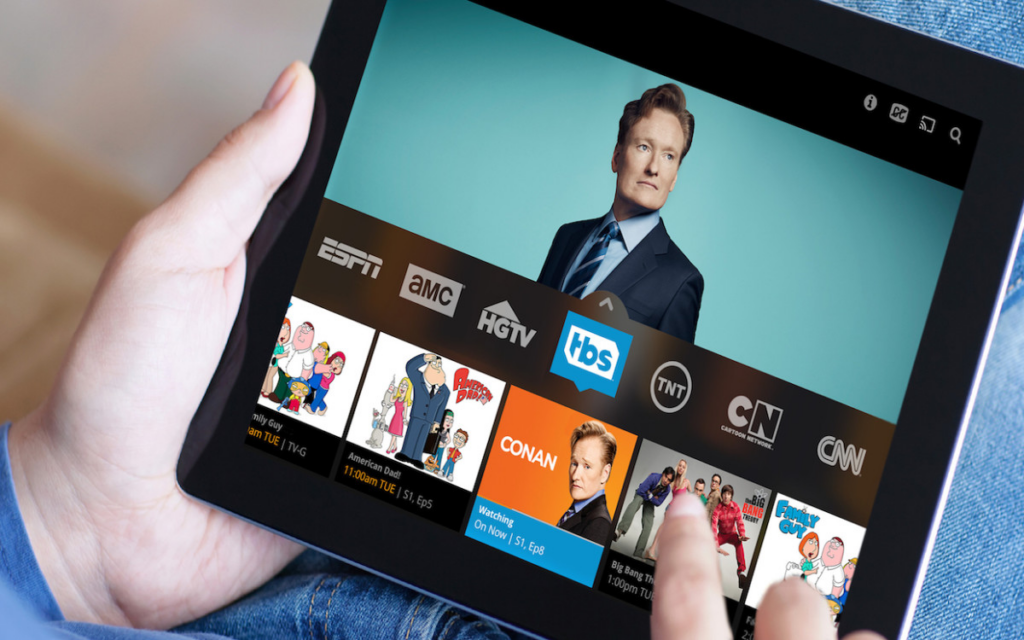
In today’s digital age, enjoying seamless IPTV streaming can often be a hit-or-miss affair. We’ve all experienced the frustration of buffering streams, laggy video, and poor picture quality, especially when you’re in the middle of your favorite show or a live sports event. The good news is there are concrete steps you can take to optimize your internet connection specifically for IPTV streaming, ensuring a smooth and enjoyable viewing experience.
In this comprehensive guide, we’ll walk you through the essential tips and tricks to enhance your IPTV streaming. From understanding the basics of internet speed requirements to configuring your router for optimal performance, we’ve got everything you need to know.
Why Internet Speed Matters for IPTV
Internet speed is crucial for IPTV streaming. The quality and stability of your stream largely depend on your connection’s bandwidth. For standard definition (SD) streaming, a minimum of 3 Mbps is usually sufficient. However, for high-definition (HD) or 4K streaming, you’ll need at least 10-25 Mbps and 25-50 Mbps, respectively.
When your internet speed falls short, buffering becomes inevitable. This disruption can ruin your viewing experience, making it essential to ensure your internet plan supports your streaming needs. Regular speed tests can help you monitor your connection and identify if upgrades are necessary.
Choosing the Right Internet Plan
Selecting an appropriate internet plan is the first step toward optimizing your IPTV streaming. Not all plans are created equal, and some might not cater to heavy streaming needs. Research various ISPs and their offerings, considering factors like speed, data caps, and reliability.
Avoid plans that limit your bandwidth or throttle your speed during peak usage times. Unlimited data plans are ideal for avid streamers, ensuring you won’t face interruptions due to data limits. Investing in a higher-tier plan might cost more, but the enhanced streaming quality will be worth it.
Wired vs. Wireless Connections
While Wi-Fi offers convenience, a wired Ethernet connection is the gold standard for stable IPTV streaming. Ethernet connections provide consistent speeds and lower latency compared to wireless connections, which are susceptible to interference from other devices and physical obstructions.
If running an Ethernet cable directly to your streaming device isn’t feasible, consider using powerline adapters. These devices use your home’s electrical wiring to transmit internet signals, offering a middle ground between wired and wireless connections.
Optimizing Your Router Placement
Router placement significantly impacts your Wi-Fi performance. Position your router in a central location, elevated, and away from thick walls and electronic devices that can cause interference. The goal is to ensure an even distribution of the Wi-Fi signal throughout your home.
If your router’s signal strength still doesn’t meet your needs, consider investing in a Wi-Fi extender or mesh network. These devices amplify your router’s signal, covering larger areas and eliminating dead zones.
Updating Your Router Firmware
Firmware updates often include performance enhancements and security patches. Regularly check for and install firmware updates for your router to ensure it’s operating at its best. Most modern routers allow you to update firmware through their settings page.
An outdated router might not support the latest streaming protocols, leading to subpar performance. Keeping your firmware up-to-date can resolve many connectivity issues and improve streaming quality.
Configuring QoS Settings
Quality of Service (QoS) settings on your router prioritize internet traffic for specific devices or applications. By configuring QoS for your IPTV device, you can ensure it receives the necessary bandwidth, reducing buffering and lag during streaming sessions.
Access your router’s settings through its web interface, locate the QoS section, and follow the prompts to set up priorities. This configuration is particularly useful in households with multiple devices competing for bandwidth.
Reducing Network Congestion
Network congestion occurs when multiple devices use the internet simultaneously, straining your bandwidth. During peak hours, this can lead to slower speeds and buffering issues. To mitigate congestion, schedule downloads and updates during off-peak times.
Encourage family members to limit high-bandwidth activities, such as online gaming or file sharing, while you’re streaming. Additionally, disconnect devices that aren’t in use to free up bandwidth.
Using a VPN for IPTV
A Virtual Private Network (VPN) can enhance your IPTV streaming experience by bypassing ISP throttling and geo-restrictions. Some ISPs intentionally slow down streaming services during peak times, but a VPN encrypts your traffic, preventing your ISP from identifying and throttling it.
Choose a VPN with servers optimized for streaming to ensure minimal speed loss. While using a VPN can slightly reduce your internet speed, the benefits of unthrottled streaming often outweigh this minor drawback.
Selecting the Right IPTV Service
Not all IPTV services are created equal. When selecting an IPTV provider, research their reliability, server locations, and customer reviews. A reputable service with robust servers will offer smoother streaming compared to lesser-known or free providers.
Consider trial periods to test the service before committing. A quality IPTV service should provide a buffer-free experience, even during peak times.
Adjusting Streaming Quality
Many IPTV services allow you to adjust the streaming quality based on your internet speed. If you experience frequent buffering, lowering the video quality can help maintain a smoother stream. Most services offer options ranging from SD to 4K.
Balancing video quality with your available bandwidth ensures a consistent viewing experience. While 4K offers stunning visuals, it requires significantly more bandwidth than HD or SD. Adjust according to your connection capabilities.
Keeping Your Devices Updated
Outdated streaming devices and apps can cause compatibility issues and performance bottlenecks. Regularly update your streaming device’s firmware and the IPTV app to benefit from the latest features and optimizations.
Manufacturers frequently release updates to improve performance and fix bugs. Keeping your devices up-to-date ensures you get the best possible streaming experience.
Clearing Cache and Data
Over time, cache and data build-up can slow down your streaming device, leading to performance issues. Periodically clear the cache and data for your IPTV app to maintain optimal functionality.
Most devices allow you to do this through the app settings. Clearing cache can resolve issues like app crashes and slow loading times, providing a smoother streaming experience.
Troubleshooting Common Issues
Despite taking all the above steps, you might still encounter occasional issues. Common problems include buffering, poor video quality, and connection drops. Restarting your router and streaming device often resolves minor issues.
If problems persist, contact your ISP to check for outages or issues on their end. Additionally, consult your IPTV provider’s support for troubleshooting tips specific to their service.
Conclusion
Optimizing your internet connection for IPTV streaming involves a combination of choosing the right plan, configuring your router, and selecting a reliable IPTV service. By following these tips, you can significantly enhance your viewing experience, transforming frustrating buffering sessions into uninterrupted entertainment.
Ready to elevate your IPTV streaming? Start implementing these strategies today and enjoy a seamless, high-quality viewing experience. For more insights and personalized recommendations, feel free to explore further resources or get in touch with our expert team. Your perfect IPTV experience awaits!



